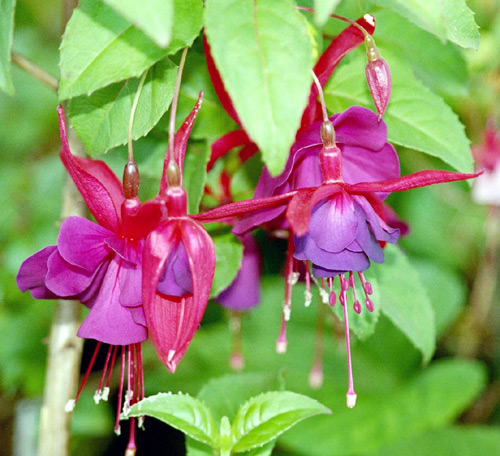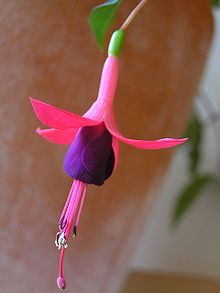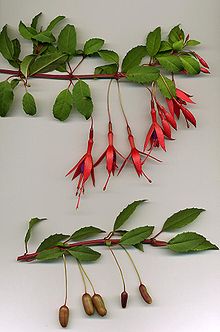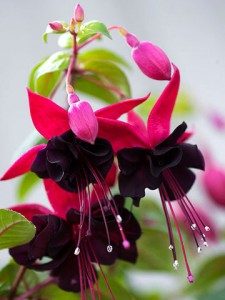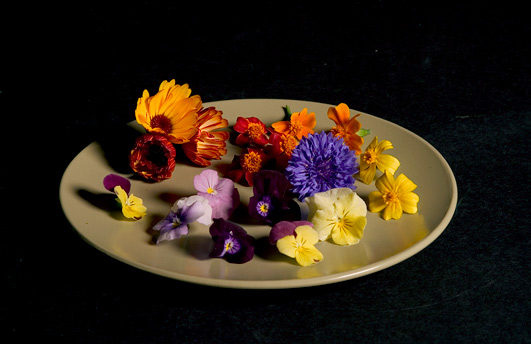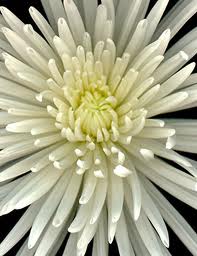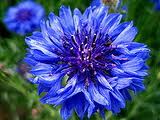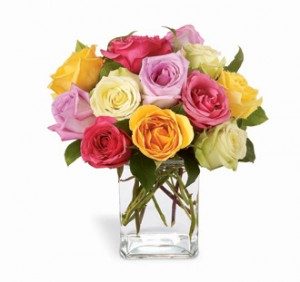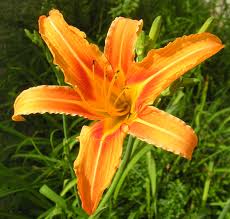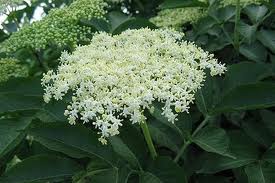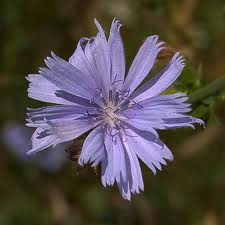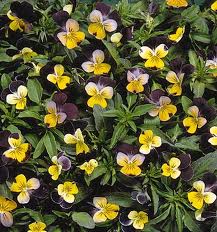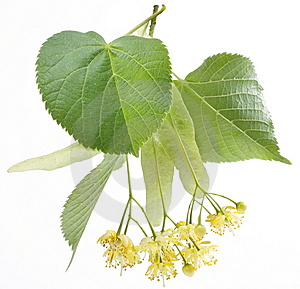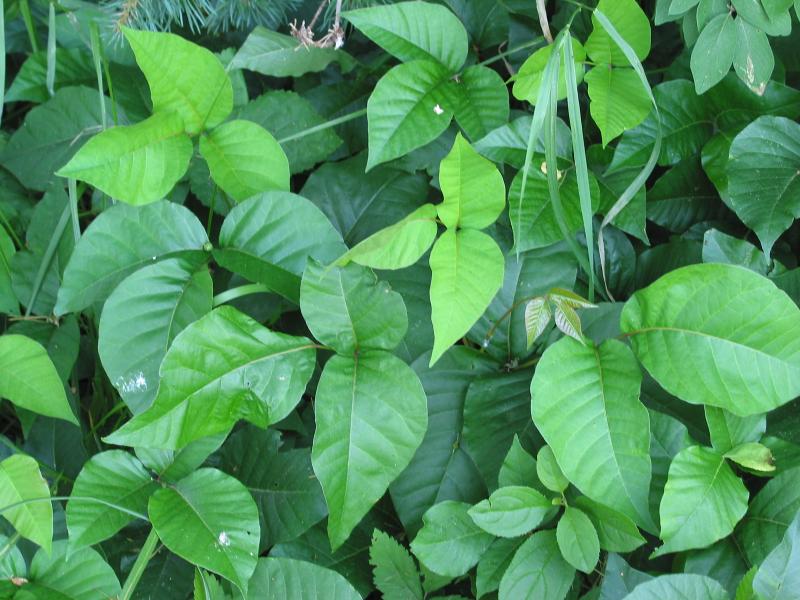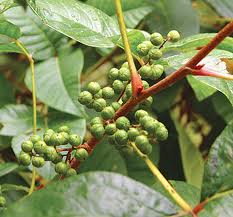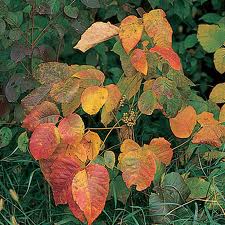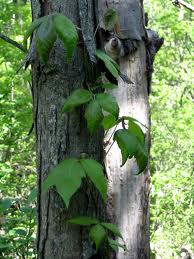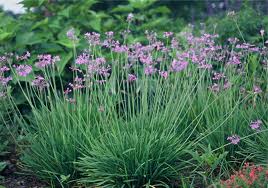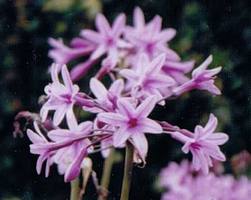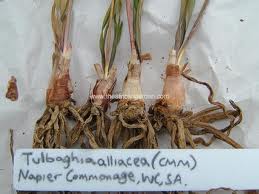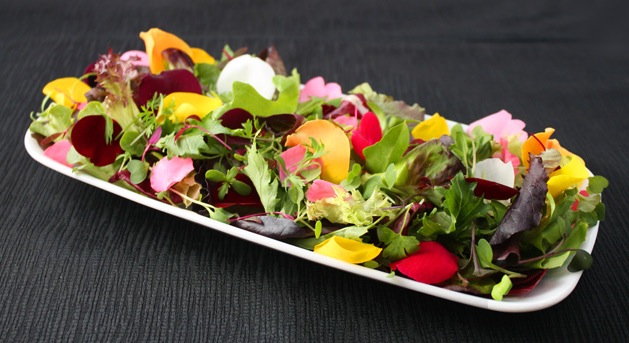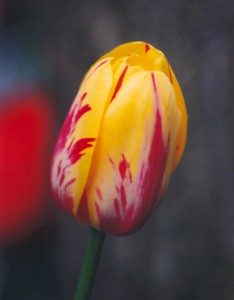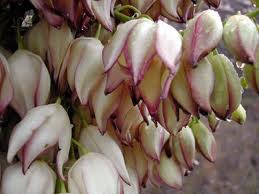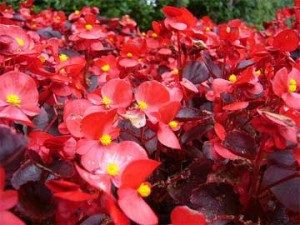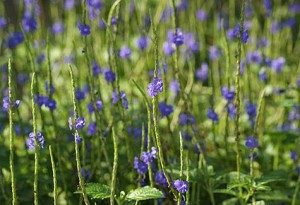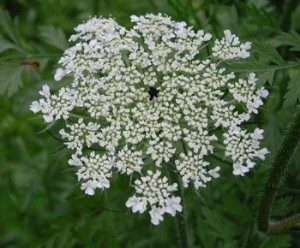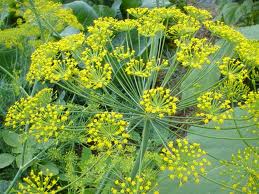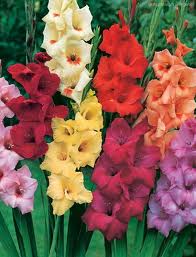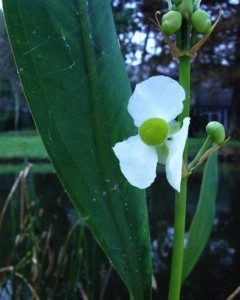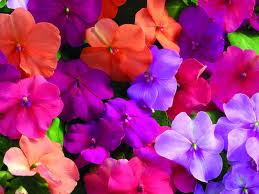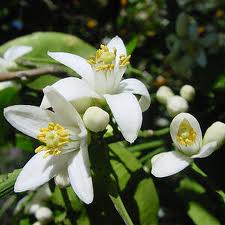Mention “fuchsia” and most folks who recognize the word will think of a bright color. Personally I think of Fuchsia’s edible fruit and flowers. It’s a landscape shrub employed everywhere.
As with many plants it was “discovered” by a European on the island of Hispaniola. That the natives there had long known about it doesn’t count. Perhaps because of the poor track record of Europeans in the New World we focus on their search for gold. But the historical fact is more explorations were launched for plants than gold and that is why we have “discoveries.” A discovery was a European learning of a plant that might have some use or value back home. It was also a way to justify the trip to your benefactors. Do you remember the story about 11-year old Pocahontas saving Captain John Smith’s life? Part of his mission in founding the Jamestown colony was to find plants, and the natives knew about plants. Explorers didn’t know if there was gold in North America but they certainly knew it had plants.
Thus the French monk and botanist Charles Plumier discovered this colorful plant in 1696 or ’97 and published its description 1703, the year before he died at age 58 from pleurisy. The genus containing Frangipanis, Plumeria, is named for him. Plumier was one of the most important botanical explorers of his time making three trips to to the West Indies. It also helped that he was botanist to king Louis XIV of France. Plumeria’s publications brought not only knowledge of the Fuchsia to the Old World but hundreds of other plants as well. It is he who named the plant he discovered Fuchsia, to honor German physician cum botanist Leonhart Fuchs.
Fuchs himself had several publications under his academic robes and was long gone before Plumier was braving the Caribbean jungles. In 1530 Fuchs had argued that simple herbs were medically better than noxious compounds. He founded one of the first German botanical gardens. A student of the ancient the Greek medical writers Dioscorides, Hippocrates and Galen, and disliking Arabic medical writers, he produced an herbal guide of his own in 1542 which was translated into English in 1543. A medical professor he found the time to write over 50 books and papers including one on the eye and its diseases. And what of the plant that honors his name and thankfully shifted from the hard German pronunciation to the soft Latinate? A lot of people like Fuchsia.
There is an American Fuchsia Society, a Fuchsia Forum — say that ten times fast — and literally dozens of local Fuchsia-inspired groups. They discuss just about everything you could possibly want to know about the Fuchsia except recipes. Apparently eating the plant de jour is …ah… verboten…
Since the “discovery” just over 300 years ago there are now a little over 100 species of Fuchsia, some say 110. They are mostly found in the warmer Americas but also New Zealand. On first thought that would seem to be quite a distance spread. But, that tends to happen because we think the bottom of South America and the Antarctic, New Zealand, and Austraila et cetera were connected at one time. That’s the explanation given to how the Americas managed to get one still living native marsupial, the opossum. It also explains how New Zealand got Fuchsias. While most Fuchsia are shrubs one of the New Zealand specimens is a tree.
Cornucopia II on page 163 lists three Fuchsia specifically beyond the generic use of the flowers and berries including Fuchsia excorticata and Fuchsia splendens. Fruit of the F. excorticata, found in New Zealand, “are eaten raw, or may be used in pies, tarts, cakes, desserts, and dessert sauces. They have a unique flavor and like rose hips, should be combined with potato flour or corn starch to temper the slight astringency.” F. splendens is from Central America: “The fruits are eaten raw or made into preserves, having a pleasant lemon-like flavor with no noticeable after taste.” Lastly, he mentioned the cultivar “Karl Hartweg.” “Reportedly has the most pleasant flavor of any fuchsia fruit. The flavor is mild and somewhat lemon-like, and the fruits can be eaten in quantity.” Remember the blossoms are edible, too.
And in the for what it’s worth department the shift from the hard German to the soft Latin causes problems. “Fuchsia” apparently is difficult to spell. The British paper The Guardian had to run three corrections on 27 September 2011 regarding “fuchsia.”
“Not always is the Guardian faithful to the memory of Bavarian-born botanist Leonhart Fuchs (1501–1566), for whom the fuchsia is named. Latest case in point: a piece noted that cutting a figure against the general beigeness of the backdrop at the Labour party’s conference platform, was a speaker with hair “a startling shade of fuschia” (A star speaker, and Balls, 27 September, page 7). Other recent instances: Michelle Obama’s “fuschia” dress (President Obama’s jobs speech to Congress – as it happened, 8 September, guardian.co.uk); a reference to “Fuschia Dunlop’s restaurant” (London walks: a food trail around Soho and St James’s, 31 August, guardian.co.uk)”
Incidentally, Frangipani literally means to “break bread.”
Green Deane’s “Itemized” Plant Profile
IDENTIFICATION: Fuchsia leaves are opposite or in whorls of 3–5, simple lanceolate and usually have serrated margins (entire in some species), 1–25 cm long, and can be either evergreen or deciduous varying from species to species. The flowers are pendulous, teardrop shape, in profusion throughout summer and fall in temperate climes and all year in tropical species. They have four long, slender sepals and four shorter, broader petals. In many species the sepals are bright red and the petals purple but the colors can vary from white to dark red, purple-blue, and orange. Some are yellowish with some hybrids being white. The ovary is inferior and the fruit small dark reddish green, deep red, or deep purple, a lot of very small seeds.
TIME OF YEAR: Year round to fall depending upon climate and species
ENVIRONMENT: Varies with species, from shade to full sun. They blossom more in the sun and are more compact. They like to be fertilized a lot. Fuchsias don’t like their feet wet or dry. Will grow in containers and hanging baskets.
METHOD OF PREPARATION: The fruit can be eaten out of hand. It has a subtle grape flavor with black pepper tossed in. If your fuchsia fruit is pleasant it can be used as most fruit. Blossoms are edible raw.

